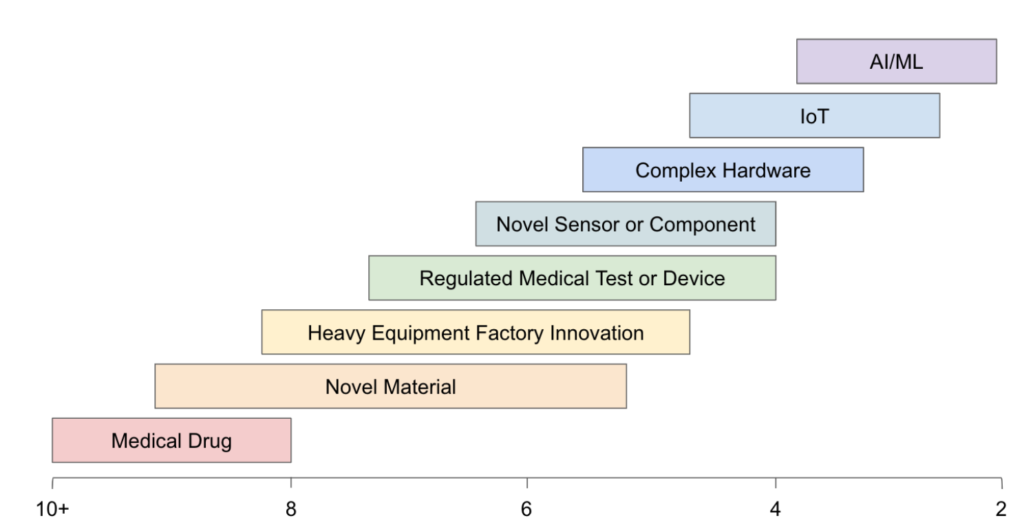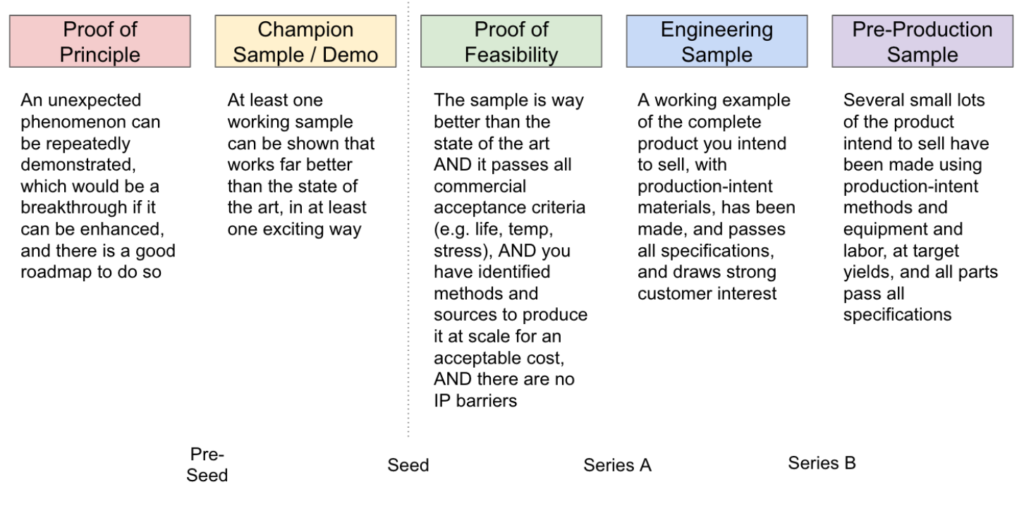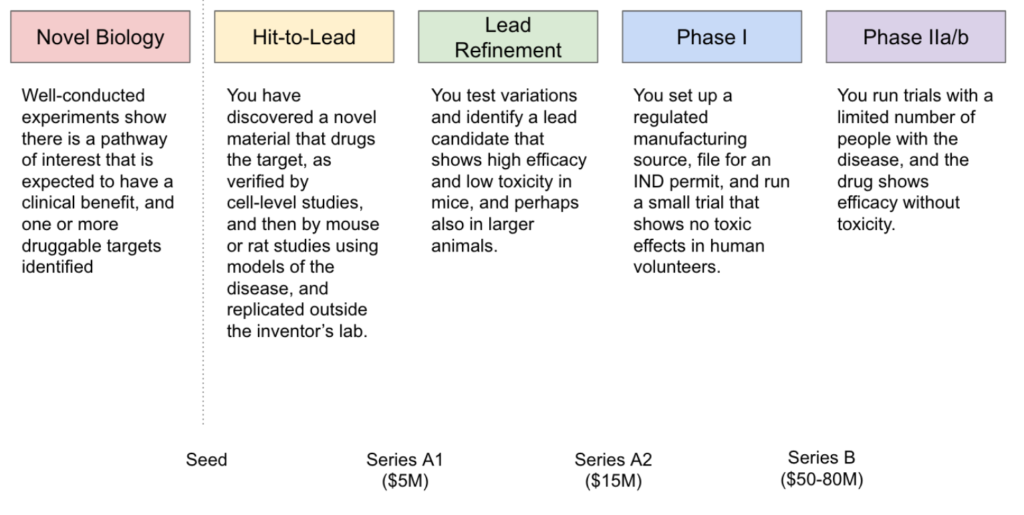Home// Articles// Starting a Company// How To Get Started on University Spinouts (For Business People)
How To Get Started on University Spinouts (For Business People)
 Russ Wilcox
Partner at Pillar VC
Russ Wilcox
Partner at Pillar VC
Getting Started
If you're a business person looking to create a university spinout, the first thing you will need is to find technology. We've curated our top tips for finding university tech, and how to analyze commercialization potential once you've found it.
Call us!
Subscribe to Newsletters
Subscribe to the newsletters of universities and journals in topics that interest you. Many university newsletters proudly tout their inventions, so you may see it there first. If you see something promising, reach out to the inventor and make the connection to learn more.
Network
The inventors of breakthroughs who have an founderial interest will show up at local startup events aimed at technical topics. This can be a great place to find technologists who are already thinking about spinning out. Head to the events, strike up a conversation, and see where it goes.
Do Your Research
Go to websites of university departments and see what they do. If you’re there in-person, you can just go visit labs and read the posters on their walls. You can also keep an eye out for licensing opportunities posted by universities and government labs. Get a list of licensing offices, and keep a temperature check on new opportunities. We’ve compiled a short list to get you started:
Be wary of techs that have sat on the shelf for years – the best things often don’t hang around long, and some get snatched up before they’re even ready to be posted. If an inventor definitely wants to do a startup, they may ask the licensing office not to list an IP, but still need a co-founder. To see what is coming down the pike, subscribe to the newsletters of university science and engineering departments that interest you.
Found an Opportunity?
Do a quick screen to make sure it checks off these three boxes:
1.
It attracts your interest as a topic you would want to study deeply
2.
The invention is a leap that can give the company a compelling new product
3.
There is an obvious, big market, and you see this is a “no-brainer” if it works
If the opportunity checks all three boxes, it’s time to meet the inventors, form a personal relationship, and see if it’s a good match. Here are two of the most important questions to ask:
How long will it take for this company to generate revenue?
One of the most important things to determine before you move forward, is the time-to-revenue for the company. Orient yourself with the stage of the technology, and how long you’re expecting to dig-in for. Keep in mind that different types of ventures take different amounts of time to reach maturity. Here’s a graph to help break it down:
Note that some startups cross multiple categories. For example, a new type of computer display may need novel material, changes to a semiconductor process, and a delay for design-in as a component. While some can be done in parallel, some cannot, so you could end up slower than the slowest step.
While medical drugs may be the slowest to revenue, it might not actually be the slowest to a liquidity event because once you pass some of the initial stage-gates, there is a liquid market to sell the company pre-revenue.
How much progress has been made?
The best way to determine stage might not be from the inventor themselves. While someone may have spent years working on an invention, it does not mean they are automatically at a later stage than a team who’ve been working on an invention for a few months. Instead, analyze your notes from your conversation to understand the current stage of the venture:
This may look a little different depending on the type of startup. If you’re in bio-tech, reference this chart:
How do you know if the meeting went well? Check if:
- The inventor actively wants to do a start-up and is ready to dig in
- There is at least one person from the lab who is ready to join full-time on day one
- The people involved show maturity and integrity, and feel compatible with you
It may take multiple meetings to get to this point, that’s ok! Co-founder relationships are not built overnight.
Final Diligence
You liked the invention and the team, and you’re comfortable with the timeline and stage. You’re leaning in. In addition to the normal diligence you would conduct on a tech startup, it’s important to also conduct technical diligence. Make sure that:
2.
An outside expert agrees the invention has no obvious red lights; or, if biology, the critical experiments have been replicated outside the inventor’s lab
3.
You have an accurate read on the state of the technology, and you’re okay with moving forward from where it stands
If the invention checks all three boxes, it’s time to make your final go or no go decision.
If it’s a go, move on to What to Expect When You’re Spinning Out a Deep Tech.





